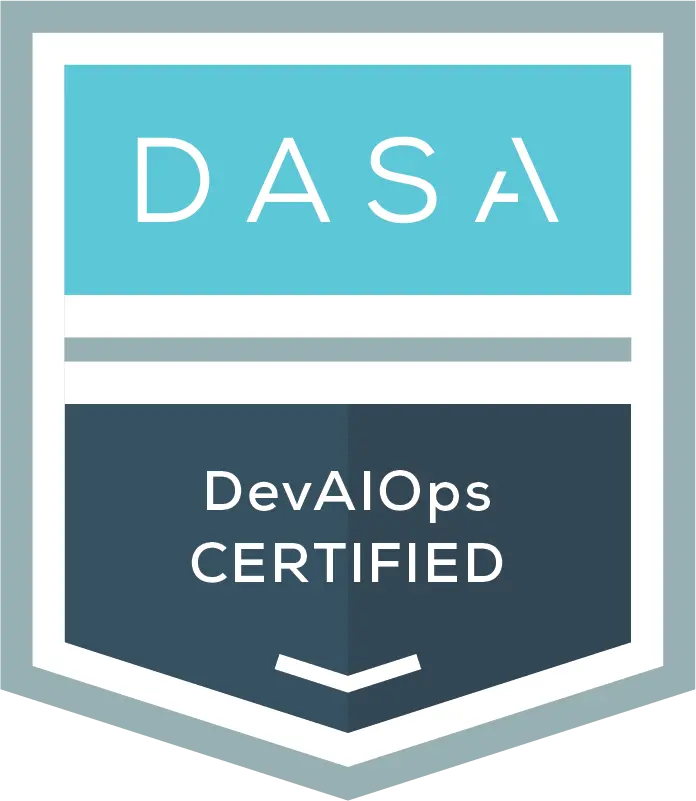The advent of Artificial Intelligence for IT Operations (AIOps) marks a significant leap forward in digital transformation. Spearheaded by Mohamed Radwan, a principal DevOps consultant at NTT Data UK, this approach integrates AI capabilities into traditional IT operations, streamlining processes and enhancing efficiency. This article explores the core aspects of AIOps, its integration with existing DevOps practices, and actionable strategies to achieve optimal outcomes.
The Evolution of Digital Transformation
The first wave of digital transformation began with the Agile Manifesto in 2001, which emphasized iterative development, collaboration, and responsiveness to change. This period saw a shift from the rigid waterfall methodology to more dynamic Agile and DevOps practices. Organizations embraced automation, enhancing productivity and reliability by streamlining repetitive tasks and focusing on delivering value efficiently.
Despite the successes of Agile and DevOps, organizations encountered new challenges as they pushed the boundaries of automation. These included the need for faster response times, better handling of complex dependencies, and more efficient issue resolution. Traditional DevOps practices, while effective, reached their limits in addressing these evolving demands.
AIOps represents the next evolutionary step in digital transformation. It integrates AI technologies into IT operations, automating and enhancing various processes traditionally managed by DevOps. With the speed and advanced capabilities of AI, it significantly improves response times and operational efficiency.
AIOps is built on the solid foundation established by DevOps. Just as DevOps automated manual tasks, AIOps enhances these automated processes with AI capabilities. This integration improves the effectiveness and efficiency of existing practices, reducing the time required for implementation, change management, issue detection, and resolution.
Implementing AIOps: Strategies and Best Practices
Automating with AI
AI enhances automation by providing advanced capabilities such as predictive analytics, anomaly detection, and automated remediation. This approach reduces the burden on IT teams, allowing them to focus on higher-value tasks and strategic initiatives. For example, AI can predict potential system failures before they occur, enabling proactive maintenance and reducing downtime.
Enhancing Efficiency
AIOps improves efficiency by optimizing resource utilization and automating complex workflows. AI algorithms analyze vast amounts of data in real-time, identifying patterns and correlations that may not be apparent to human operators. This insight enables more informed decision-making and faster issue resolution.
Reducing Response Times
The integration of AI into IT operations dramatically reduces response times. Automated scripts, enhanced with AI, can execute tasks and resolve issues in seconds. This speed is crucial in environments where rapid response is essential, such as financial services, healthcare, and e-commerce.
Improving Reliability
AIOps enhances the reliability of IT systems by continuously monitoring and analyzing performance metrics. AI-driven tools can detect anomalies and deviations from normal behavior, triggering automated responses to mitigate potential issues. This proactive approach reduces the likelihood of system failures and improves overall stability.
Case Study: AIOps in Action
To demonstrate the power of AIOps, Radwan implemented an AIOps solution for managing user profiles in a community. Initially, the profiles were created manually, taking 266 hours. Automation reduced this to 55 hours. However, by leveraging AIOps, the time required was further reduced to just 5 hours, a 95% improvement.
Process Breakdown
- Manual Creation: Initially, user profiles were created manually using Markdown, a time-consuming process prone to errors.
- Automation: The process was automated using PowerShell scripts, significantly reducing the time required but still needing periodic updates and maintenance.
- AIOps Implementation: By integrating AI, the creation and maintenance of user profiles were further streamlined. AI generated scripts dynamically using real-time data, and adapted to changes quickly.
Practical Steps for Adopting AIOps
Integrating AI into your DevOps workflow requires a strategic approach that begins with a thorough assessment of current capabilities. By identifying areas for improvement, then implementing AI tools that enhance existing processes, and ensuring teams are properly trained, organizations can unlock the full potential of AIOps. Continuous monitoring and optimization will help maintain efficiency and drive ongoing improvements as your AI models evolve alongside business needs.
- Assess Current Capabilities: Begin by assessing your current DevOps capabilities. Identify areas where AI can enhance existing processes and address limitations. This evaluation will help in prioritizing AI integration efforts.
- Implement AI Tools: Introduce AI tools that complement your existing DevOps infrastructure. These tools should be capable of predictive analytics, anomaly detection, and automated remediation. Ensure they integrate seamlessly with your current systems.
- Train and Upskill Teams: Invest in training and upskilling your IT teams to work effectively with AI tools. Understanding how to leverage AI capabilities will maximize the benefits and ensure a smooth transition.
- Monitor and Optimize: Continuously monitor the performance of your AIOps implementation. Use AI-driven insights to optimize processes and improve efficiency. Regularly update and refine your AI models to keep pace with changing business needs.
Conclusion
The transition to AIOps marks a new age of digital transformation, building on the foundations laid by Agile and DevOps. By integrating AI into IT operations, organizations can achieve unprecedented levels of efficiency, reliability, and responsiveness. As we embrace this new era, it is crucial to leverage the power of AI to enhance our capabilities, streamline processes, and drive continuous improvement. The future of IT operations lies in the seamless integration of AI, transforming how we manage and optimize our digital environments.


DASA DevAIOps
Adopt and adapt DevAIOps practices effectively, achieving faster time-to-market and time-to-value.
